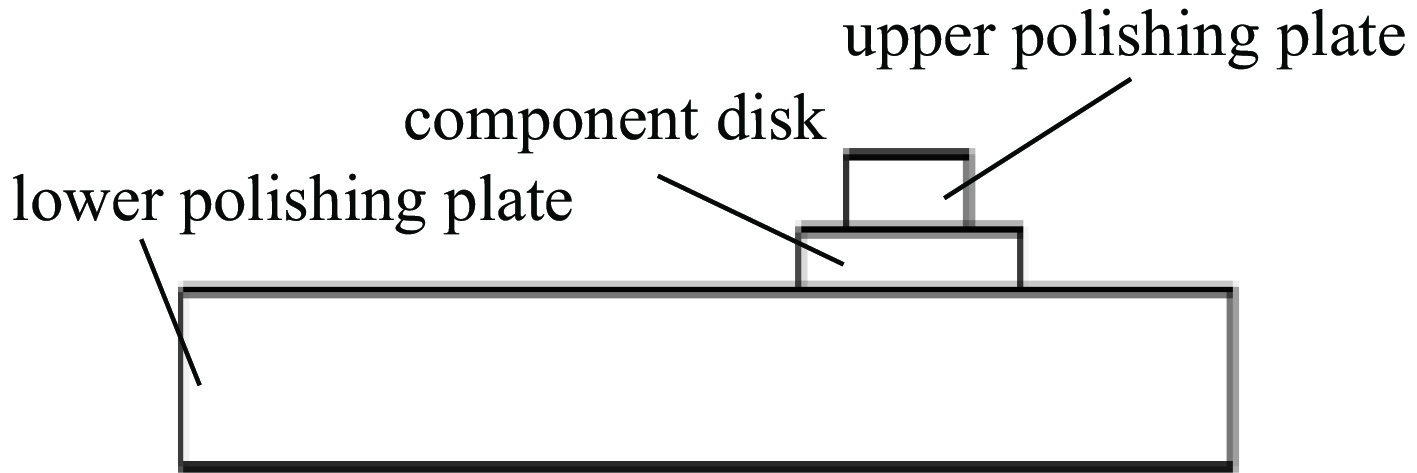Zhikai Mi, Fengming Nie, Siling Huang, Feng Xue. Predictive modeling of the surface pattern of double-sided polishing process of optical components[J]. High Power Laser and Particle Beams, 2024, 36(9): 091001
Search by keywords or author
- High Power Laser and Particle Beams
- Vol. 36, Issue 9, 091001 (2024)
Abstract
| (1) |
View in Article
| (2) |
View in Article
| (3) |
View in Article
| (4) |
View in Article
| (5) |
View in Article
| (6) |
View in Article
| (7) |
View in Article
| (8) |
View in Article
| (9) |
View in Article
| (10) |
View in Article
| (11) |
View in Article
| (12) |
View in Article
| (13) |
View in Article
| (14) |
View in Article
| (15) |
View in Article
| (16) |
View in Article

Set citation alerts for the article
Please enter your email address



